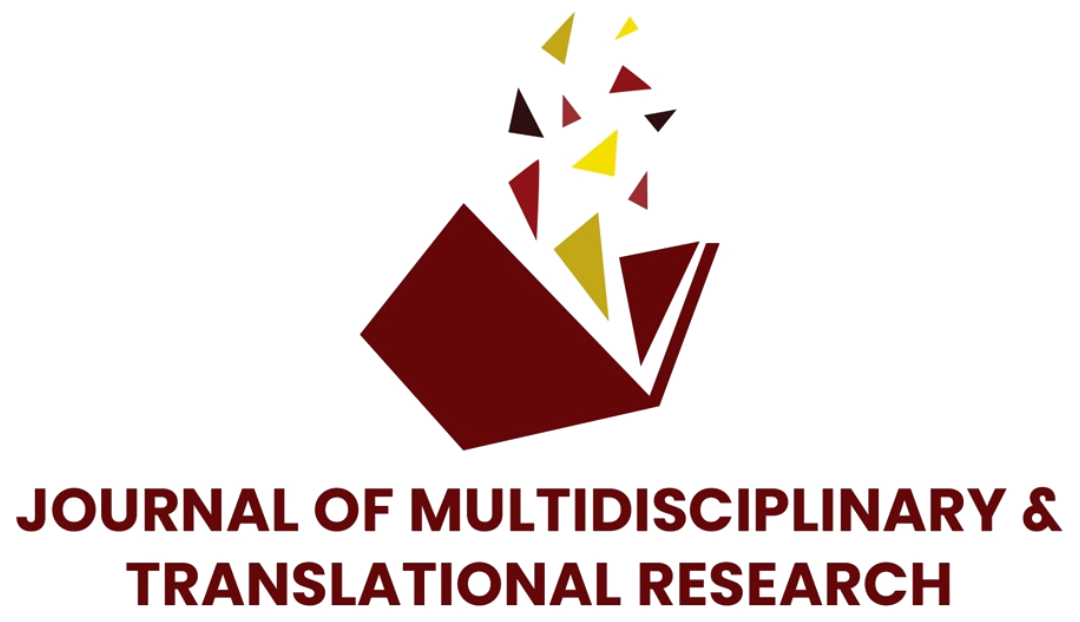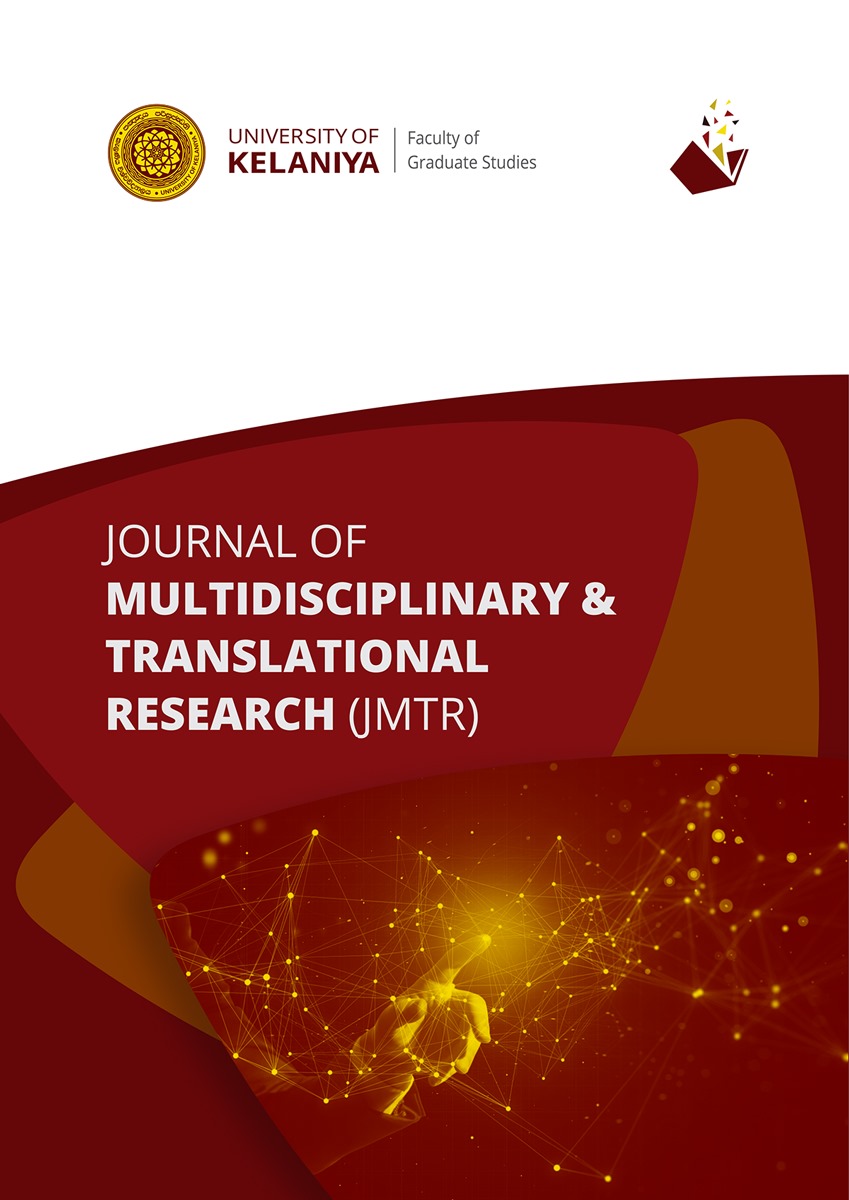JMTR is committed to upholding the highest standards of publication ethics in accordance with the COPE (Committee on Publication Ethics) Guidelines.
• All manuscripts are screened for plagiarism using Turnitin.
• Submissions with more than 20% similarity index (excluding references and quotations) will be returned to authors for revision or rejected.
• Submissions with more than 20% similarity index (excluding references and quotations) will be returned to authors for revision or rejected.
• Authors must ensure that their work is original and that all sources are properly cited.
• Research involving human or animal subjects must comply with ethical standards and include approval by relevant ethics committees.
AI-Generated Content Policy
Authors must clearly disclose any use of Artificial Intelligence (AI) tools in the preparation of their manuscript (e.g., for language editing, data analysis, or content generation). Undisclosed or inappropriate reliance on AI-generated content will be treated as a breach of publication ethics. Manuscripts identified as having more than 30% AI-generated content (without proper disclosure or substantive human contribution) may be returned for revision or rejected.
Plagiarism is the unethical act of copying text, ideas, images, or data from another source, even from your own publications, without giving any explicit acknowledgement of the original author and source.
The Journal of Multidisciplinary and Translational Research solely accepts original work to be published. Plagiarism is not condoned. Authors should ensure that they have written entirely original works, and if the authors have used the work and/or words from other sources, this must be appropriately cited or quoted.
• How much of an author's work was taken—a few lines, paragraphs, pages, or the entire article?
• Which part—the introduction, the techniques, or the results—was copied?
1. Literal Copying: -
• keep a record of the sources you utilized for your research and where you placed them in your article.
• be sure to properly credit and recognize the original source in your paper.
• insert quote marks around all words in the text and provide the appropriate references.
3. Paraphrasing: -
• Verify that you get the original meaning that the author means.
• Never grab words you don't completely grasp and paste them.
• Consider how the main principles of the source apply to your own work, until you can impart the knowledge to others without citing the source.
• Verify that you have maintained the intended meaning even if you have changed the terms by comparing your paraphrase with the original.
4. Text recycling
• Include anything that is taken straight from a previously published article in quotations, even if you are just restating anything in your own words.
• Make sure you provide due credit to the original source.
1. Every manuscript submitted to the journal will be checked for plagiarism simultaneously through the editorial board and UGC registered plagiarism detection software, URKUND.
2. If the percentage of plagiarism exceeds 20%, the Editorial Board will either issue warnings and demand alterations to be made or outright reject papers, depending on where plagiarism occurs in the paper.
3. If plagiarism is detected in the respective parts: Introduction, Literature Review and Methodology, it will need to be revised in accordance with the peer reviewer’s comments. If the author fails to adhere to these corrections, the manuscript will be rejected.
4. If the Data Analysis and Conclusion of the research are found to be plagiarized, the manuscript will be promptly rejected.
5. If plagiarism is detected after the publication, we may publish a correction or retract the paper.
6. The journal takes claims of plagiarism solemnly. In such cases, thorough investigations will be carried out to protect the rights of the authors.
7. We are bound to protect the reputation of the journal against misconduct. Thus, the journal reserves the right to duly reject the plagiarized paper without further explanations and take appropriate legal action.
Publication Ethics and Malpractice Statement
JMTR follows the Principles of Transparency and Best Practice in Scholarly Publishing as recommended by COPE, DOAJ, OASPA, and WAME.
- Responsibilities of Authors: Submit original work, avoid plagiarism, properly cite sources, and disclose conflicts of interest.
- Responsibilities of Reviewers: Maintain confidentiality, provide objective evaluations, and disclose any conflicts of interest.
- Responsibilities of Editors: Ensure fair peer review, make unbiased publication decisions, and prevent research misconduct.
- Publisher Responsibilities: Maintain integrity of the academic record and correct or retract papers when necessary.



